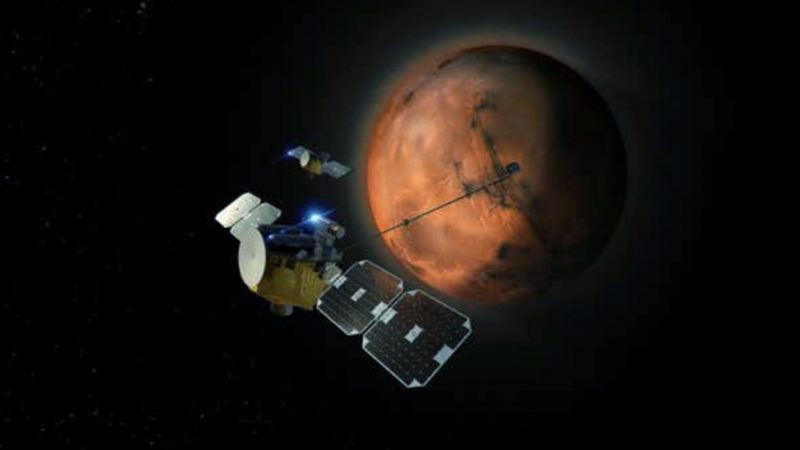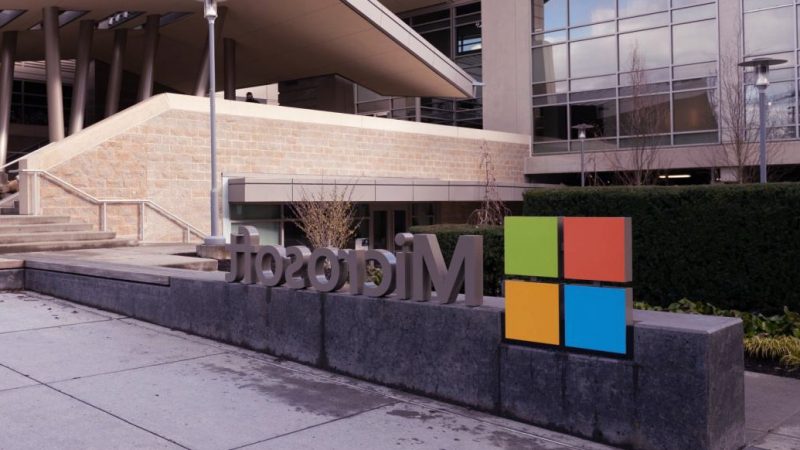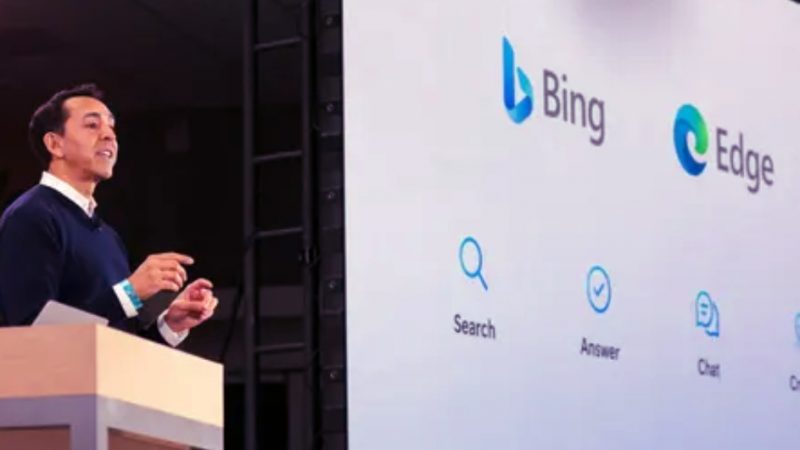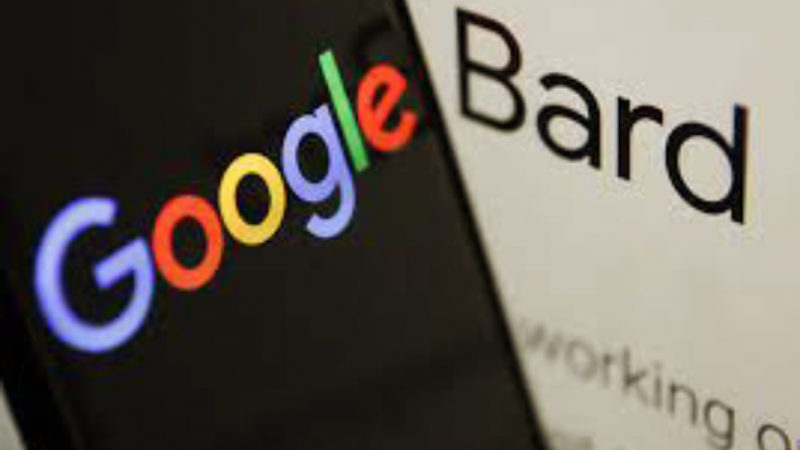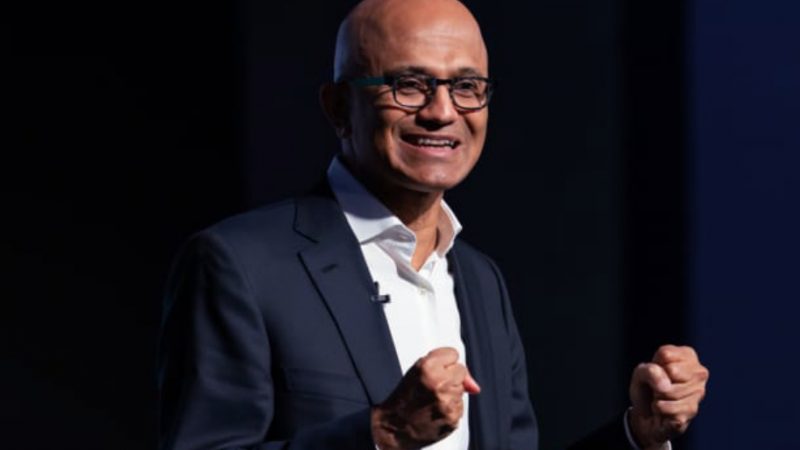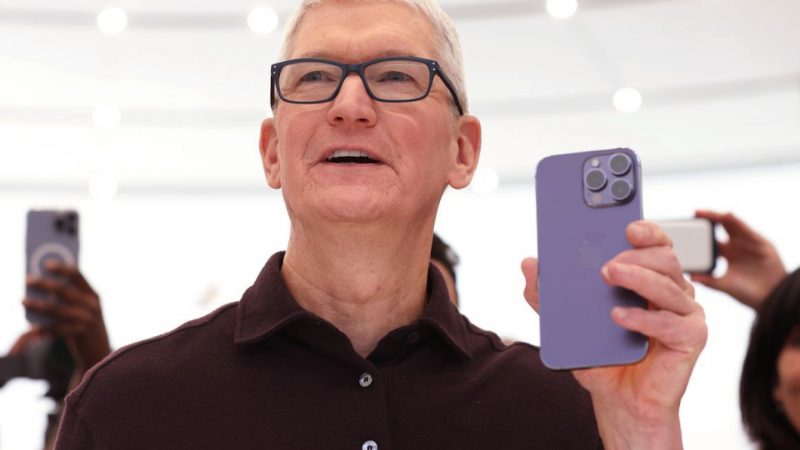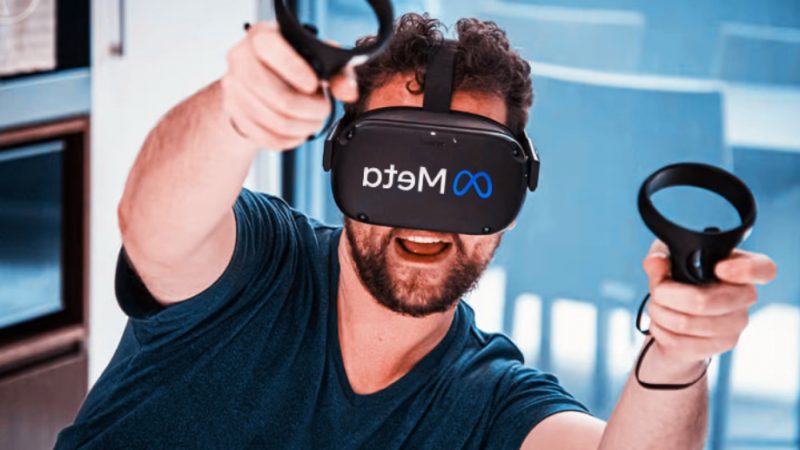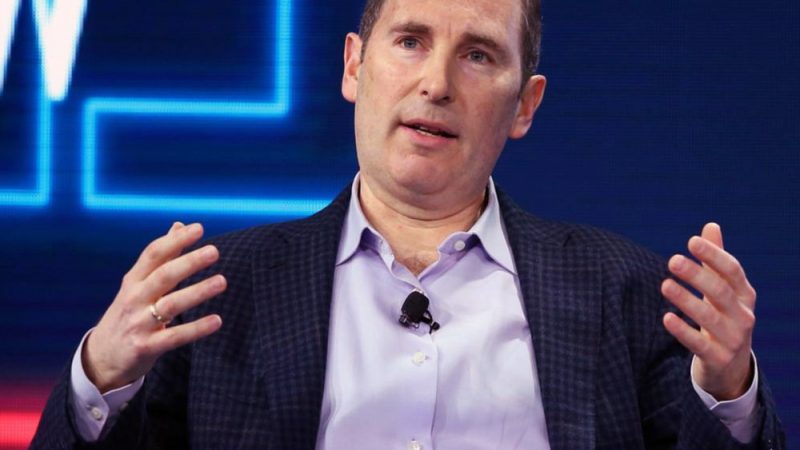Quantum Computers Move a Step Closer to New Breakthrough
Researchers used an adapted technique called UQConnect to transfer qubits. They did this by using an electric field setup.
Microchips can be inserted in the same way as jigsaw puzzle pieces, to create quantum computers
Qubits can be difficult to maintain stability and move around. However, the team achieved a 99.9993 percent success rate with a connection rate of 2,424 connections per second. This allows for hundreds, if not thousands of quantum computing microchips to be connected together in this manner with little data loss or fidelity loss.
There are many ways to make a quantum microchip. In this instance, trapped atomicions were used as the qubits. This ensured the highest stability and reliability. Additionally, it provided charge-coupled circuitry that allows for better electrical charge transfer.
“As quantum computers become more powerful, we will be limited by the size of microchips, which limits how many quantum bits a chip can hold,” Winfried Hensinger, a quantum scientist at the University of Sussex.
“We knew that a modular approach was crucial to making quantum computers powerful enough for solving step-changing industry problems.”
Quantum computers could be used for research into new drugs, developing new materials and cybersecurity improvements.
Although quantum computers are available today they are limited in their scope. They’re more of a research project than machines that can be used and programmed.
We are moving towards fully realizing quantum computing’s potential with breakthroughs such as the one we have reported on. Developing ways to harness millions of qubits, is an essential part of this.
“These amazing results demonstrate the remarkable potential of Universal Quantum’s quantum computers to become strong enough to unlock many life-changing uses of quantum computing,” Sebastian Weidt, a quantum scientist at the University of Sussex.
<< Previous